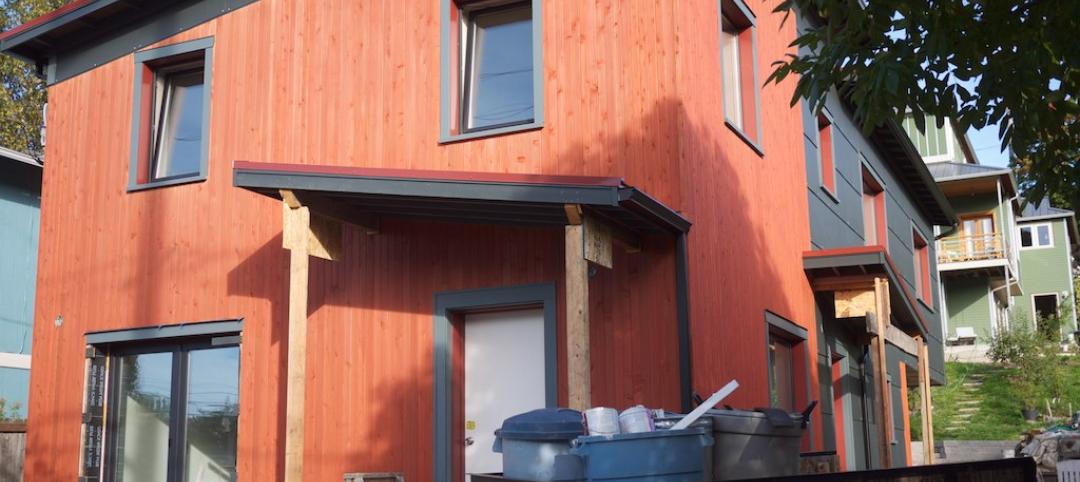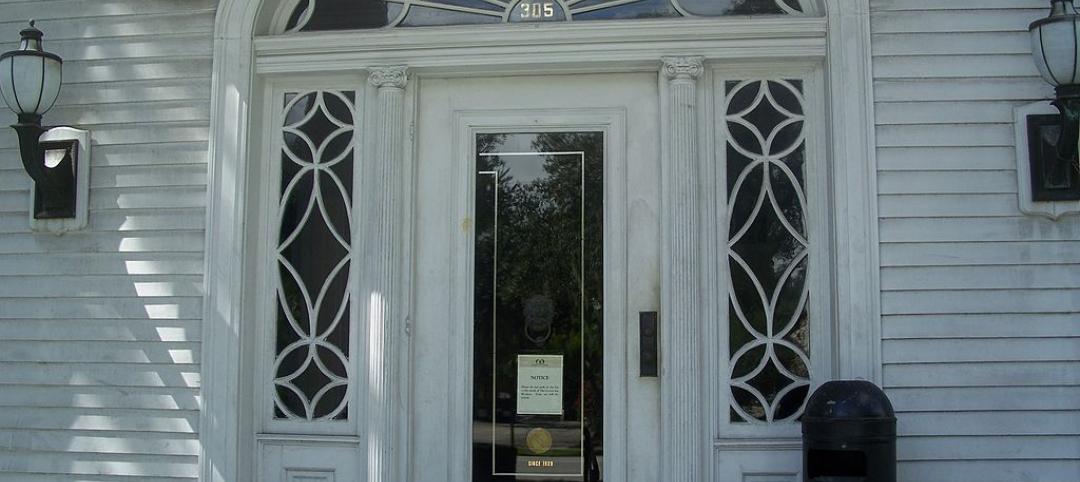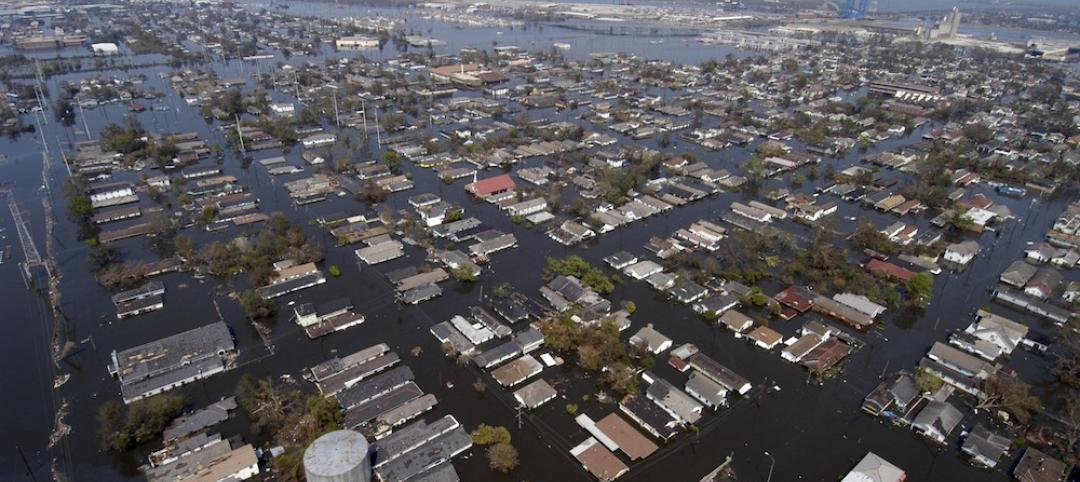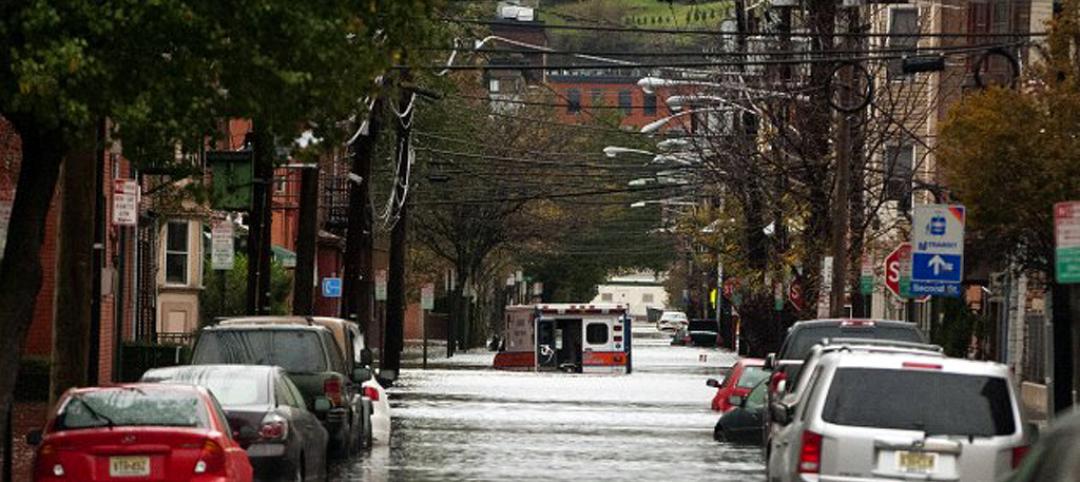The American Concrete Institute’s completely reorganized ACI 318-14, “Building Code Requirements for Structural Concrete and Commentary,” is open for public review for a 45-day period.
“Members of ACI Committee 318 have been actively working on this completely reorganized Code for over 10 years, and have collectively dedicated over 96,000 work hours to improve its usability and increase confidence among all Code users,” said Randall W. Poston, Ph.D., P.E., S.E., Chair, ACI Committee 318. “The committee encourages Code users and those interested in ACI 318 to visit the web portal at www.concrete.org/ACI318, download and review the complete draft of ACI 318-14, and provide the Institute with insight and comments for further improvements by June 17, 2014.”
ACI 318-14 has been reorganized for greater ease of use and to address design requirements for specific member types, such as beams, columns, walls, and diaphragms. All design provisions for a specific member type are contained within a single chapter. The committee also enhanced the readability of the document.
Many lengthy provisions were parsed into multiple shorter provisions addressing single requirements, and several provisions were defined using tables. The increased use of graphs and tables instead of text provides clearer presentation of the information. Code language was edited for consistent use of terms and symbols.
Significant highlights of the new ACI 318 include:
· Improved language and style consistency
· Improved logic and flow of information
· Member-based organization to quickly locate relevant code information
· Construction requirements centralized in one chapter
The 2014 edition of ACI 318-14 “Building Code Requirements for Structural Concrete” is expected to be available in fall 2014, and be referenced in the 2015 edition of the International Building Code.
Related Stories
Codes and Standards | Oct 2, 2015
New ASHRAE guideline for commissioning existing systems and assemblies
Focuses on optimum facility and system operation.
Codes and Standards | Sep 18, 2015
New RELi standard addresses disaster resilience
Based on LEED model, may help lower insurance rates
Building Materials | Aug 28, 2015
Structural steel buildings specification available for second public review
Next year's specification open for comments until Sept. 21
Energy Efficiency | Aug 28, 2015
North American Passive House Network e-book explains Passivhaus, net-zero techniques
Free guide includes spotlight on individual projects
Windows and Doors | Aug 28, 2015
Newly formed group challenges Florida building code
Window, door companies oppose provisions that raise costs
Codes and Standards | Aug 28, 2015
New Orleans becoming a model for climate resilience only 10 years after Katrina
The city has moved ahead with resilience strategies that may become a model for other communities
Codes and Standards | Aug 21, 2015
Illinois governor vetoes bill that would restrict condo owners’ rights
Bill would have made it harder to sue for building flaws
Codes and Standards | Aug 21, 2015
Post-Katrina roofing codes creating more resilient buildings on Gulf Coast
Ten years after storm, notable progress on stronger roofs, IBHS says
Smart Buildings | Aug 21, 2015
Federal Alliance for Safe Homes offers plan to strengthen codes for disaster resilience
Some states losing ground on resilience, group says
Codes and Standards | Aug 21, 2015
After disease outbreak, ASHRAE legionella standard adopted in New York
City Council acts after 12 die of legionellosis
















